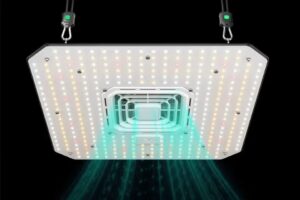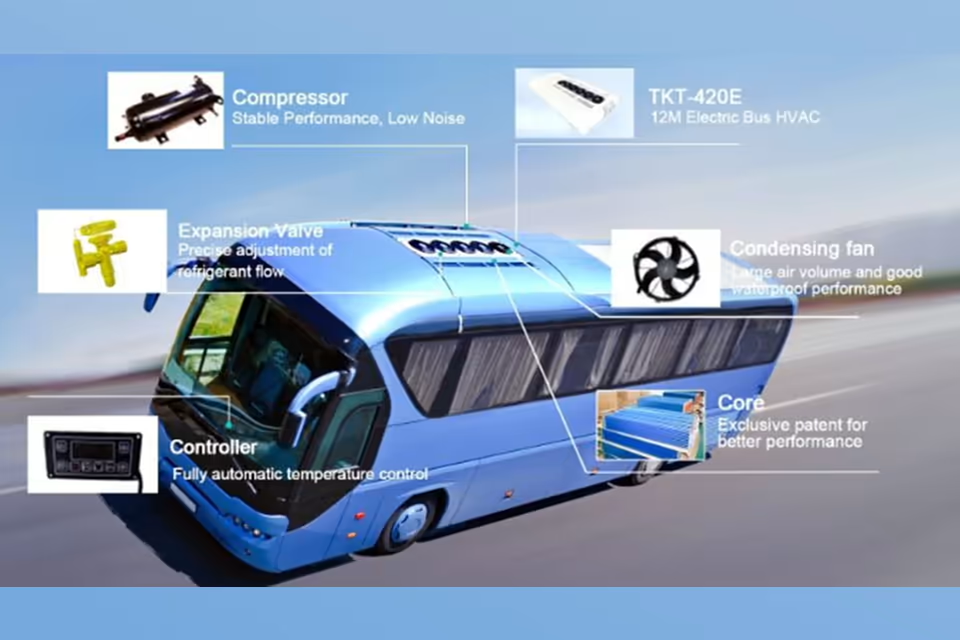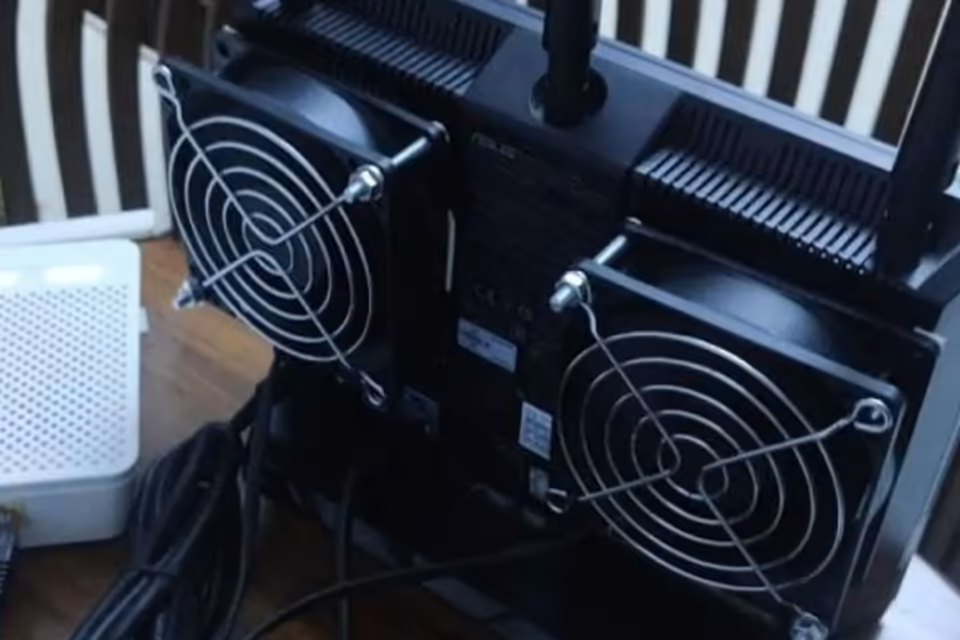Cooling fans are essential components in the operation of LED grow lights, primarily utilized in indoor gardening and controlled environment agriculture (CEA) to regulate temperature and enhance plant health.
While LED lights are more efficient and produce less heat than traditional lighting sources, they still generate a significant thermal load that requires effective cooling, especially in dense growing spaces.
Maintaining optimal temperatures is crucial, as overheating can lead to light degradation, a reduced lifespan for the lighting system, and stress on plants, which ultimately impacts their growth and yield.
The application of cooling fans is a critical aspect of modern indoor agriculture. It enables growers to create stable and favorable conditions for plant development, thereby maximizing both yield and quality.
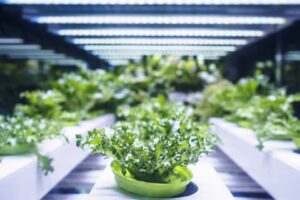
The Role and Importance of Heat Management
The heat produced by LED lights, if not properly managed, can cause serious issues. Excessive temperatures can degrade the light-emitting diodes, shorten the system’s lifespan, and harm the plants themselves by causing stress and poor growth.
Cooling fans mitigate these risks by ensuring the internal components of the lights operate within safe temperature ranges. There are two primary cooling methods for LED grow lights:
Passive Cooling
This method relies on heatsinks, which are components designed with a large surface area to absorb and dissipate heat into the surrounding air without any moving parts. Passive systems are silent and require no energy but may be insufficient for larger or more powerful lighting setups.
Active Cooling
This method utilizes fans or water circulation to actively dissipate heat from the LED components. Active cooling is far more effective for managing high thermal loads and is necessary for most commercial or large-scale operations. While effective, it introduces considerations like energy consumption and noise.
Benefits of Using Fans in a Grow Environment
The advantages of incorporating fans extend beyond simply cooling the light fixtures. They play a multifaceted role in creating an optimal growing environment.
- Heat Removal: Fans exchange the hot air generated by the lights with cooler ambient air, effectively lowering the temperature around the plants and preventing heat stress.
- Air Circulation: Proper air circulation is vital for healthy plant growth. It ensures a steady supply of CO₂ to the leaves for photosynthesis and strengthens plant stems by mimicking a natural breeze.
- Humidity and Mold Control: Stagnant air can lead to high humidity, creating a breeding ground for mold, mildew, and pests. Fans keep the air moving, which helps regulate humidity levels and maintain a healthier environment.
- Odor Management: In conjunction with carbon filters, exhaust fans are effective at managing and removing odors from the growing area by exchanging stale indoor air with fresh outdoor air.
Applications in Different Growing Environments
The need for cooling fans is universal in CEA, but the specific application varies by environment.
- Greenhouses: In large environments like greenhouses, fans are crucial for mitigating temperature fluctuations caused by external weather, ensuring that heat and light are distributed evenly across all plants.
- Hydroponic Systems: In hydroponics, the heat from LED lights can warm the nutrient-rich water solution, which can harm plant roots and inhibit nutrient absorption. Fans help maintain stable water temperatures, promoting healthy growth.
- Grow Tents and Enclosed Spaces: In confined areas, heat and humidity can build up quickly. Fans are essential for creating a balanced, consistent environment and providing the necessary air circulation that is absent in an enclosed space.
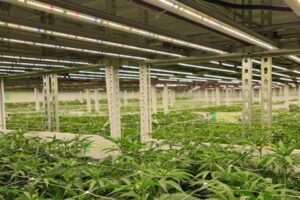
Technological Advancements in Cooling
Recent innovations have significantly improved the efficiency of cooling systems for LED grow lights. Active cooling systems have become more sophisticated and quieter.
Heat sink designs have also advanced, using innovative materials and shapes to maximize thermal conductivity and dissipate heat more effectively, sometimes reducing the need for high-powered fans.
Furthermore, the integration of automated environmental controls has revolutionized heat management. Devices like thermostats and hygrostats can automatically adjust fan speeds based on real-time temperature and humidity data.
This automation provides precise climate control, improves growing conditions, and enhances energy efficiency.
Challenges and Practical Considerations
Growers must navigate several challenges when implementing cooling fans.
- Energy Consumption and Efficiency: Fans add to the overall energy consumption of the growing operation. Selecting high-quality, energy-efficient fans is crucial for keeping operational costs down, especially in warmer climates where fans may need to run constantly.
- Noise Levels: Fan noise can be a significant issue, particularly in residential settings. Investing in high-quality, quiet fans and using proper placement strategies can help minimize noise.
- Maintenance and Longevity: Fans require regular maintenance to ensure performance and longevity. Dust and debris can accumulate on the blades and motor, reducing efficiency and creating a fire hazard. Proactive monitoring and cleaning are essential.
Best Practices for Implementation
Effective fan implementation depends on strategic placement and control.
- Fan Placement: To achieve proper air circulation, create a convection loop. Place intake fans low to draw in cool air and exhaust fans high to expel warm air. Use oscillating fans at different heights—some above the plant canopy blowing down and others below blowing up—to ensure air is mixed thoroughly and prevents “dead spots.” In rectangular rooms, angling fans toward opposite corners helps create a circular airflow pattern.
Monitoring and Automation: Use environmental controllers to automate fan operation based on preset temperature and humidity levels. This ensures an optimal environment without constant manual adjustment. Tools like thermo-hygrometers can help monitor conditions and identify hot spots or areas of high humidity that need to be addressed.

